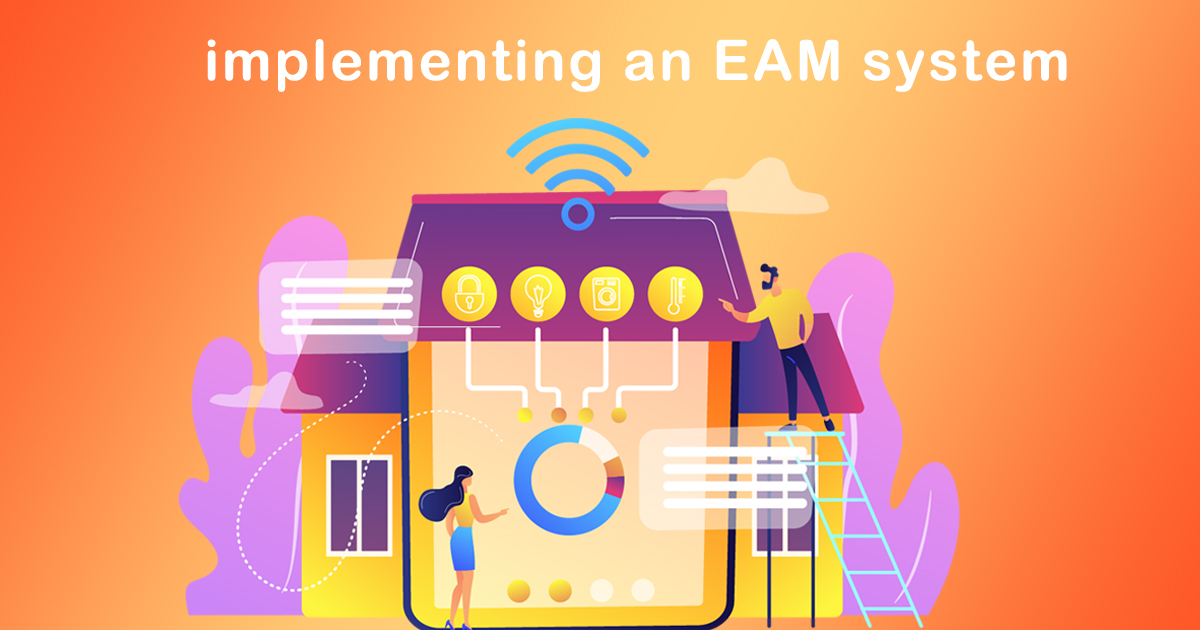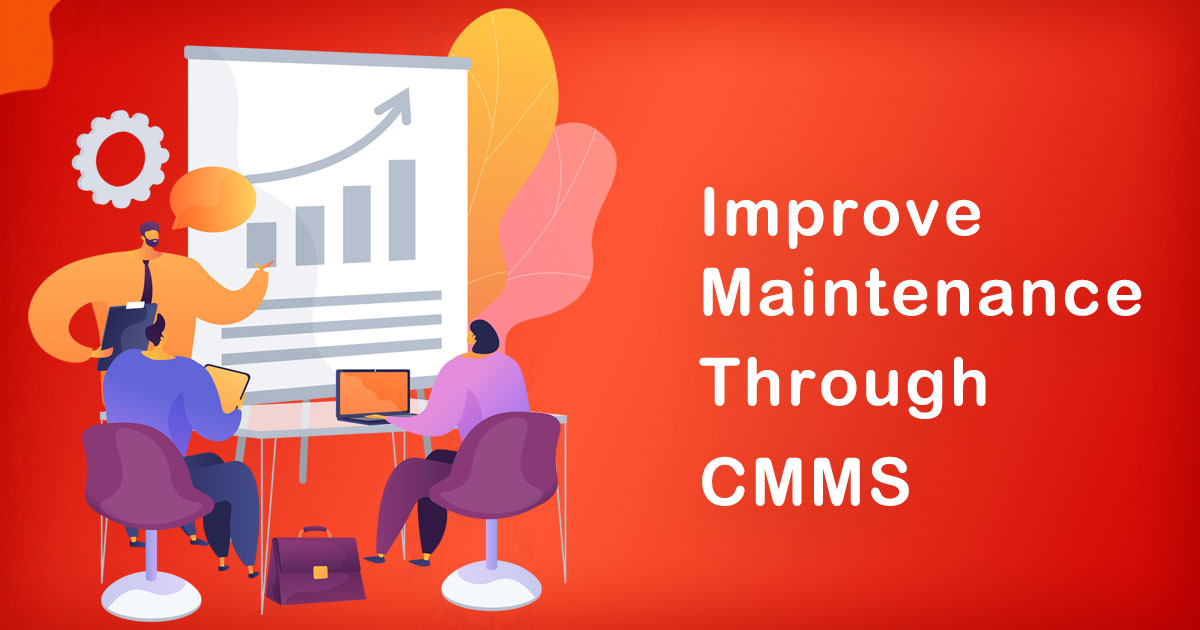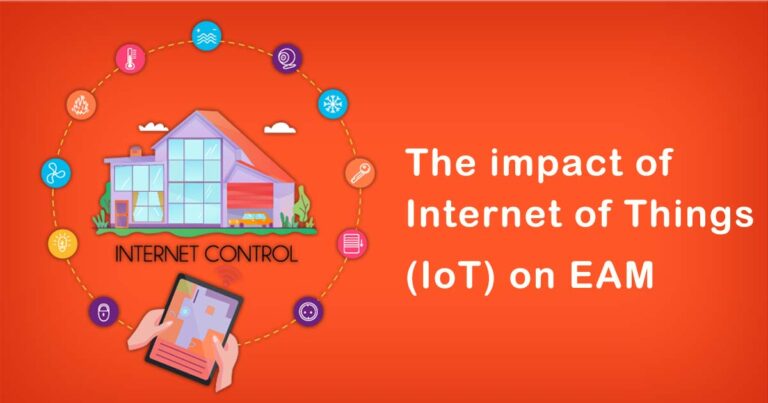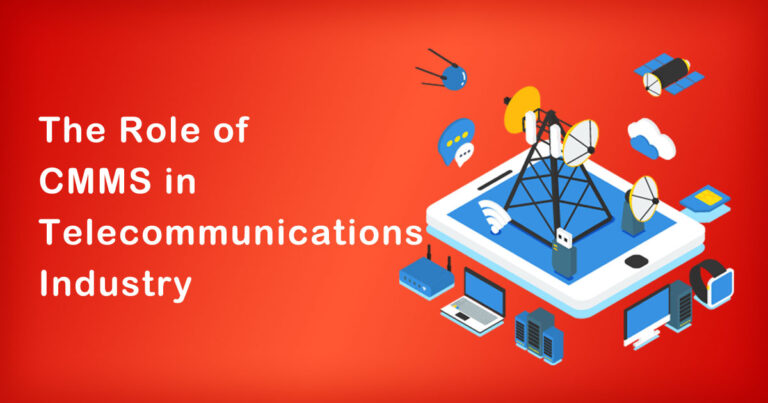Enterprise Asset Management (EAM) systems are becoming an essential part of modern-day businesses. These systems help organizations to manage their assets effectively, track asset performance, and maintain them efficiently. In India, EAM systems are gaining popularity, and many organizations are implementing them to improve their operations. However, implementing an EAM system is not an easy task, and there are several best practices that organizations need to follow to ensure a successful implementation.
In this blog, we will discuss some of the best practices for implementing an EAM system in an Indian context.
1. Define your objectives and requirements
Before implementing an EAM system, organizations must define their objectives and requirements. It is essential to understand why you need an EAM system and what you want to achieve through it. The requirements should be based on the current and future needs of the organization. This will help in selecting the right EAM system and in customizing it according to your requirements.
2. Choose the right EAM system
Selecting the right EAM system is critical to the success of the implementation. The system should meet the requirements of the organization and should be scalable for future needs. The system should also be user-friendly and easy to navigate. It is essential to do thorough research and evaluate multiple EAM systems before making a final decision.
3. Prepare a detailed implementation plan
A detailed implementation plan should be prepared before starting the implementation process. The plan should include timelines, milestones, and responsibilities. It should also identify potential risks and provide strategies to mitigate them. The plan should be realistic and should take into account any unforeseen circumstances that may arise during the implementation process.
4. Involve all stakeholders
All stakeholders should be involved in the implementation process, including employees, vendors, and customers. It is essential to communicate the benefits of the EAM system to all stakeholders and ensure that they understand their role in the implementation process. This will help in gaining support and buy-in from all stakeholders, which is critical for the success of the implementation.
5. Provide adequate training and support
Adequate training and support should be provided to all users of the EAM system. This includes not only the end-users but also the IT staff responsible for maintaining the system. Proper training and support will help in ensuring that the system is used effectively and efficiently. It will also help in reducing the time required to resolve any issues that may arise during the implementation process.
6. Integrate the EAM system with other systems
Integrating the EAM system with other systems, such as Enterprise Resource Planning (ERP) systems, can provide significant benefits. Integration can help in reducing data duplication and errors and improve the overall efficiency of the organization. It is essential to ensure that the EAM system is compatible with other systems and that the integration is seamless.
7. Monitor and evaluate the implementation process
The implementation process should be monitored and evaluated regularly to ensure that it is on track and that any issues are resolved promptly. It is essential to track key performance indicators (KPIs) to evaluate the effectiveness of the system. The KPIs should be based on the objectives defined at the beginning of the implementation process.
Conclusion
Implementing an EAM system is a complex process that requires careful planning and execution. By following the best practices discussed above, organizations can ensure a successful implementation that provides significant benefits. It is essential to remember that the implementation process does not end with the go-live date; it is an ongoing process that requires continuous monitoring and evaluation. By investing time and resources in the implementation process, organizations can reap the benefits of an EAM system for years to come.








